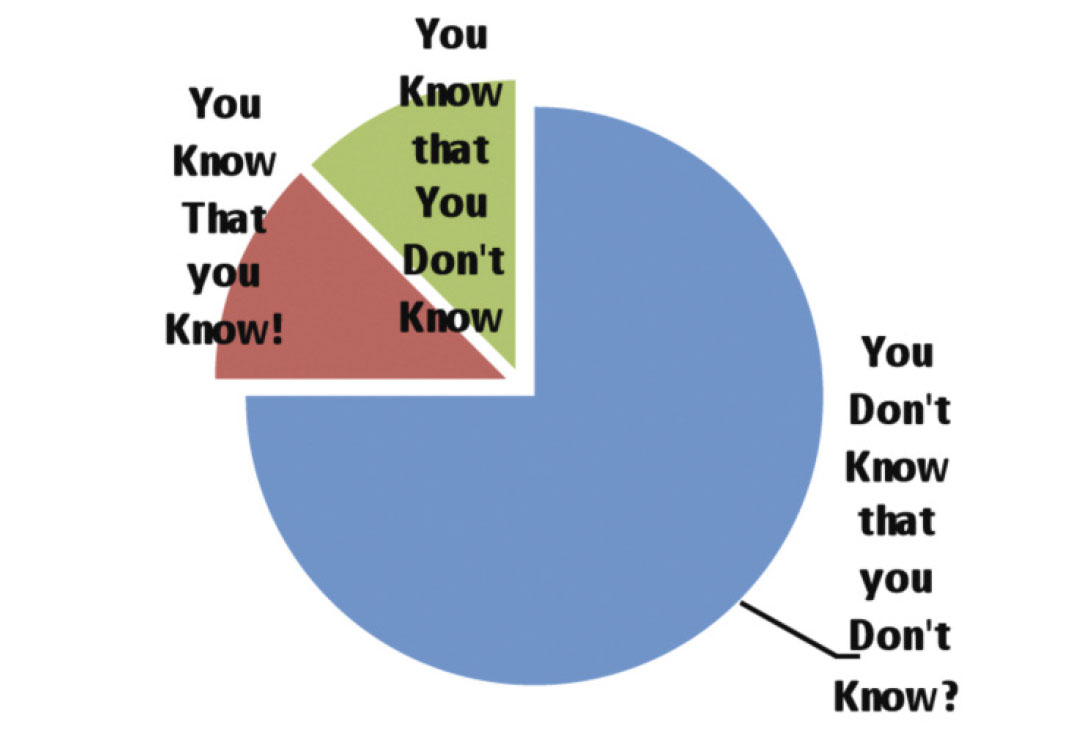A recent incident in Ethiopia saw one employee killed in an attack on the recording crew. The security in place was breached and an armed attack occurred which resulted in a fatality of one of crew’s employees. Two other individuals, a contract employee and a security officer, were injured in the ambush and are receiving medical care. This incident will likely be classified as some sort of domestic (localized) terrorism as that tends to be a bit of a catch-all these days. Of relevance to this column is the point that the local group likely responsible for the attack is a rebel group which has great concerns about the outsiders and have seemingly targeted this particular company’s crew as they refer to “telemetry” on their website. The local rebels have espoused some concern that these outsiders are looking to enact brain control through telemetry.
This would seem the stuff of the local grocery store magazine – in our world. However in their world it may be that a perception becomes a reality they will kill for. Terrorism in many facets is often the simple struggle between the rich and the poor. I use the term “rich” and “poor” loosely. Rich would refer to our society in general (1st world nations). Poor would refer to third world nations. Terrorism is a term used by the rich when stopping these attacks. When the poor actually win (from time to time) and they write the history books – we call it revolution.
Twenty percent of the world’s population uses eighty percent of the world’s energy. Things we take for granted – single family house (heated and air conditioned), two or three cars, running water, hot water, readily access to food – are unfathomable to many in third world countries. Not only can they not contemplate it – they do not believe it exists somewhere in the world. Think of it in the following way:
From an article in January 2007 The RECORDER by Paul Thacker – Risk Management in Seismic Survey Design or “You Don’t Know that You Don’t Know?”
During a business management seminar many years ago, one of the authors was given an insight into human nature, an insight that has proven extremely useful during the design phase of our seismic surveys, something we know all about… right?
You Know That You Don’t Know...
The seminar leader asked everyone to imagine a circle, a circle that held the Sum of Human Knowledge. He suggested that a group of technical specialists would understand some of this knowledge very well indeed and also would recognize several other disciplines where their degree of understanding was incomplete… right?
He represented these two areas of knowledge as small segments within the Sum of Human Knowledge and labeled them “you know that you know” and “you know that you don’t know,” as shown in Figure 1.

You Don’t Know That You Don’t Know?
After provocatively labeling the rest of the circle “You don’t know that you don’t know,” the seminar leader outlined how some famous business failures had been the result of people being unaware that they were operating within this vast segment.
People taking flash photographs in a sports stadium at night should also fall into this category. Paraphrasing Kerekes (1998), “After all, they pushed the right button. What else is there… right?”, which sums up perfectly the very essence of working in the “You don’t know that you don’t know” segment. The photograph of a floodlit stadium may serve as a memory trigger, but few can interpret the fuzzy, shadowy details to determine who actually kicked the ball. If the stadium lights went out, just how much value would a flash photo image have?
We absolutely face this paradigm as humans. We face it in our understandings of other cultures and them of us. We make assumptions that align with our knowledge base that are in some cases completely wrong in the face of another culture. Here at home many issues surrounding Aboriginal Consultation fall into this paradigm between Industry players and local Aboriginal representatives. This leads many (both sides) to say “Why can’t they just be like us?”
I close this column off with something that all of us can understand more easily and align our thinking with. As an industry we all continue to struggle with the issues of safety and in particular ensuring we are reducing our incidents and getting our employees home safely every night. As we drill down into statistics some commonalities tend to show themselves – safety statistics for the youngest group (ages 18 to 25) are remarkably benign. We actually do a pretty good job with these new hires and if we can keep them from speeding they tend not to injure / kill themselves. (Call them the “You know that you don’t know” group). And of course the oldest group (ages 45 and up) are very competent and take care of themselves generally (Call them “You know that you know” group). So often our biggest challenge lies in the middle age group (ages 26 to 44). They think they know and they may shortcut stuff that 99 % of the time goes right and 1 time out of a hundred goes terribly wrong (the “You don’t know that you don’t know” group). Hmmm – anyway just some food for thought for you!.
And on a totally unrelated matter...
From the Thursday Files
"It’s not something I’d plan your holidays on."
– Dave Phillips, Environment Canada; Canadian spring forecast warm, dry











Share This Column